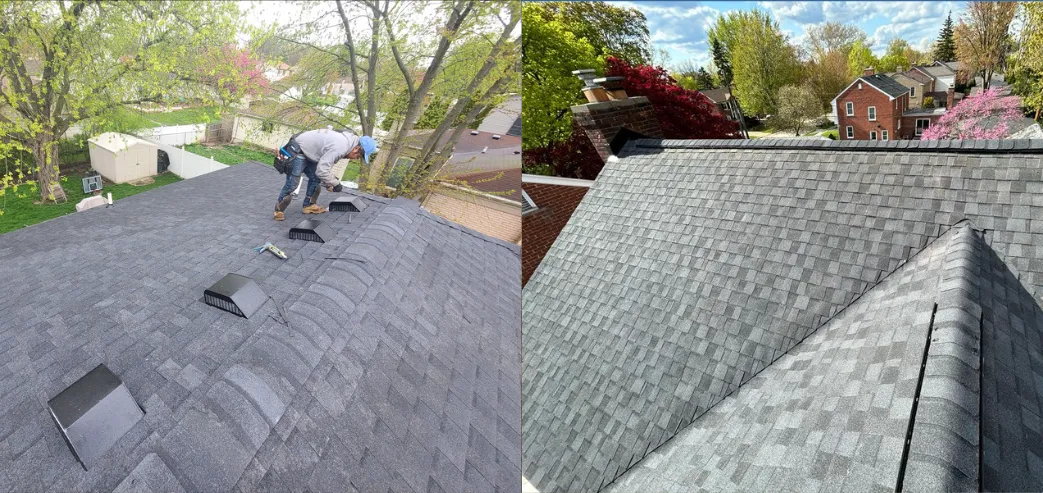Which Exhaust Ventilation Do You Need?

Roof ventilation is known now to be one of the most vital aspects of a roofing system. It determines everything from the energy efficiency of the home to the rafters and decking, the very foundation of your roof. But how do you know which exhaust ventilation you have, and is it the type you need? Below are a few facts that all homeowners should be aware of when getting a new roof.
– Box Vents:
Box Vents (also known as turtle vents) are the most common exhaust ventilation in the united states. This type of ventilation was the one size fits all exhaust throughout the years, and for good reason. The issue with box vents is that they are not very good at exhausting heat because, as warm air rises in your attic, it all has to try to escape through the small holes provided by the box vents. The benefit of box vents is you can add as many as you’d like near the ridge of the roof, and in some cases, such as hip style roofs without a long ridge beam, this is the only way to provide proper ventilation.
– Powered Vents:
Powered vents are hardwired or solar powered turbines that pull the heat from your attic space as needed. This is typically good for preventing mold growth and keeping excessive temperature issues from staying too long. The issue with this ventilation is that it if your attic doesn’t have excessive intakes, you’re air conditioning air will be used to make up for the lack of new air coming in. This means higher bills and more waste when it isn’t necessary.
– Ridge Vent:
Ridge vent is slowly becoming the best exhaust to choose when possible. Ridge vent comes in either a roll or stick form, and installed along the ridge of your roof. This material has perforated holes that allow the air in your attic to escape at the highest point, providing better, more consistent exhausting of warm and cold air alike. As well, for a ridge vent to function properly, it requires gable vents (the vent on the side of most homes near the peak) to be blocked or removed so air cannot escape through them. The only real issue with ridge vent is that it cannot be installed on low pitch areas or on roofs that don’t have a long ridge beam.
– In Short:
The decision to install a ridge vent or box vents on a roof depends on several factors, including the roof slope, the size of the attic, and the climate in the area. In general, ridge vents are considered to be more effective and efficient than box vents, especially in areas with high winds or heavy snowfall. However, box vents can be a good option for homes with low roof slopes or where ridge vents are not feasible.
It’s important to consult with a qualified roofer to determine the best ventilation system for your specific needs. They can assess your roof and attic and recommend the most appropriate type of ventilation. Proper ventilation is crucial for maintaining the health of your roof and preventing problems such as mold growth and moisture damage.
Need an expert to help? Click the “Contact Us” box above and see when we can be out to help! We serve southeast Michigan and would love to meet with you!

